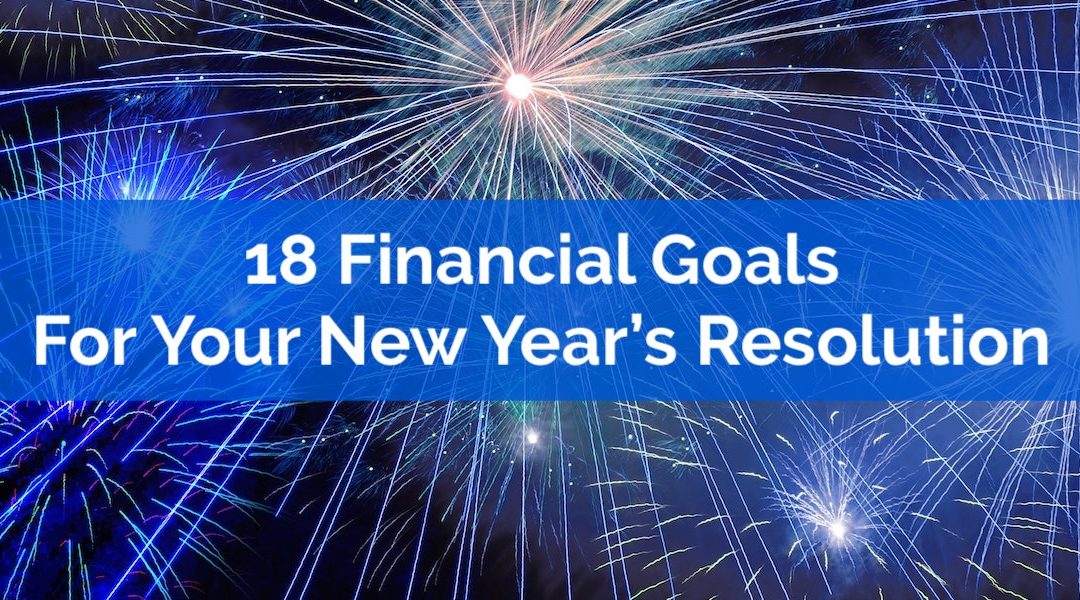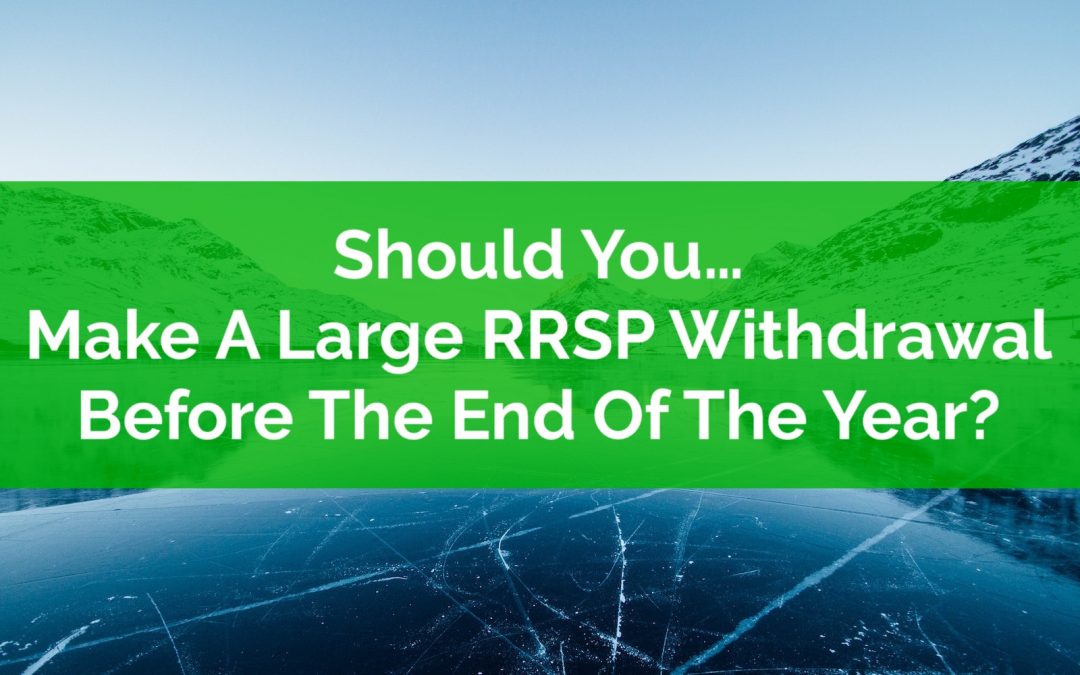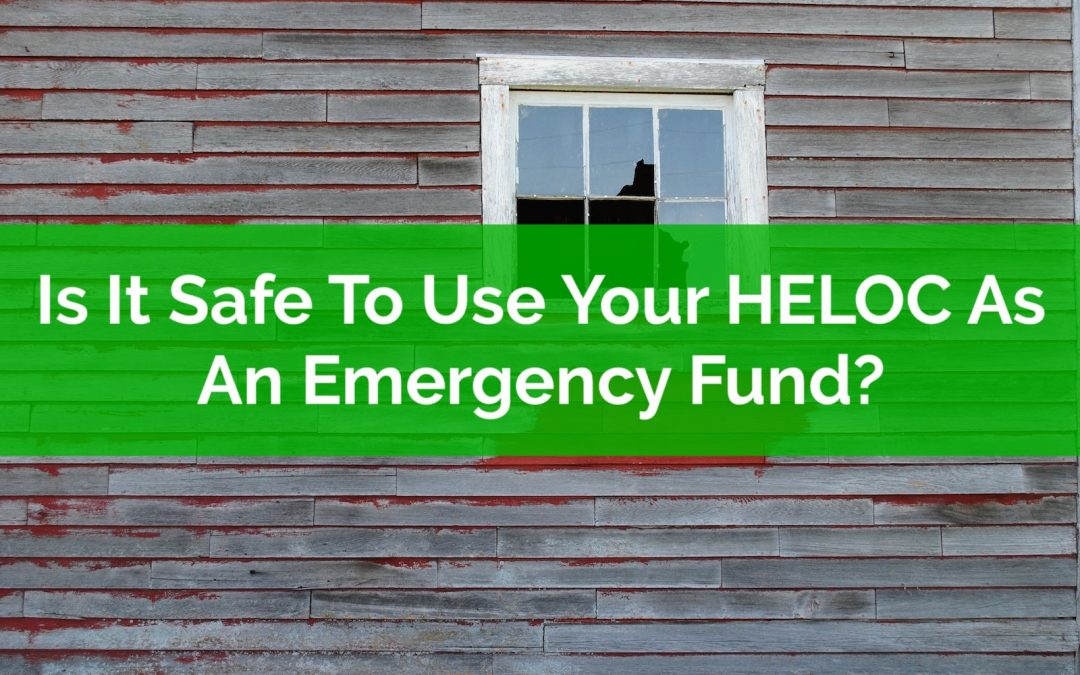“Welcome to the PlanEasy blog! We make personal finance easy.
Thanks for visiting.”
– Owen

18 Great Financial Goals For The New Year
Here we go again! It’s time for the New Year! It’s time for New Year’s resolutions and time for new beginnings (and it’s time to recover from all that holiday spending!)
After indulging in the gifts and the treats, a New Year’s resolution is the perfect time to change course, it’s the perfect time to focus on your personal finances, and there are lots of great financial goals to choose from!
Did you know that about half of us make a New Year’s resolution each year? While dieting, exercise, and eating right always seem to top the list, this year you should consider making a New Year’s resolution that is focused on your personal finances.
A New Year’s resolution is the perfect way to make a positive change in your life and it’s a great time to make a change to your personal finances too. The new year is the perfect time to reflect on your personal finance routine, take stock of your situation, and choose a great financial goal to focus on in the new year.
Why wait? Start your New Year’s resolution now. Don’t put all that pressure on New Year’s, start your resolution today!
If you’re looking for some inspiration we’ve got 18 great financial goals for your New Year’s resolution.

Should You Make A Large RRSP Withdrawal Before The End Of The Year?
As we approach the end of the year, one strategic tax and gov. benefit opportunity to take advantage of is making a large RRSP withdrawal.
Making a large RRSP withdrawal before the end of the year can make sense in a few situations. If you find yourself in one of these situations, a strategic RRSP withdrawal can help reduce income tax and increase government benefits over the course of your plan.
Out of these three situations we’ll explore in this blog post, one situation happens before retirement and about 1 in 3 people will find themselves in this situation. The other two situations happen after retirement and can help avoid higher income tax rates later in retirement.

Is It Safe To Use Your HELOC As An Emergency Fund?
Is it safe to use your HELOC as an emergency fund? A typical emergency fund is between 3 months and 6 months of expenses, but that’s a lot of cash to have lying around!
Cash is the enemy of long-term goals. Holding too much cash makes it more difficult to achieve long-term goals like retirement. The more cash-on-hand there is, the lower the average investment return.
Holding some cash is good. A certain amount of cash-on-hand protects us against unexpected emergencies like a job loss, a disability, a health emergency etc. etc. But holding too much cash is bad.
For homeowners with a certain amount of home equity there is another option. This option allows homeowners to decrease the size of their emergency fund and put more into RRSPs and TFSA sooner. This can provide more investment growth and potentially a reduction in income tax and an increase in government benefits.
Homeowners with a certain amount of home equity could choose a hybrid option, with a smaller amount of cash-on-hand but leaning on a Home Equity Line of Credit (HELOC) for larger emergencies.
But is this hybrid option safe? Is it safe to use your HELOC as an emergency fund? Let’s take a look at why, and why not, to use your HELOC as an emergency fund.

Owen Winkelmolen
Advice-only financial planner, CFP, and founder of PlanEasy.ca
“Welcome to the PlanEasy blog! We make personal finance easy.
Thanks for visiting.”
– Owen
New blog posts weekly!
Tax planning, benefit optimization, budgeting, family planning, retirement planning and more...

18 Great Financial Goals For The New Year
Here we go again! It’s time for the New Year! It’s time for New Year’s resolutions and time for new beginnings (and it’s time to recover from all that holiday spending!)
After indulging in the gifts and the treats, a New Year’s resolution is the perfect time to change course, it’s the perfect time to focus on your personal finances, and there are lots of great financial goals to choose from!
Did you know that about half of us make a New Year’s resolution each year? While dieting, exercise, and eating right always seem to top the list, this year you should consider making a New Year’s resolution that is focused on your personal finances.
A New Year’s resolution is the perfect way to make a positive change in your life and it’s a great time to make a change to your personal finances too. The new year is the perfect time to reflect on your personal finance routine, take stock of your situation, and choose a great financial goal to focus on in the new year.
Why wait? Start your New Year’s resolution now. Don’t put all that pressure on New Year’s, start your resolution today!
If you’re looking for some inspiration we’ve got 18 great financial goals for your New Year’s resolution.

Should You Make A Large RRSP Withdrawal Before The End Of The Year?
As we approach the end of the year, one strategic tax and gov. benefit opportunity to take advantage of is making a large RRSP withdrawal.
Making a large RRSP withdrawal before the end of the year can make sense in a few situations. If you find yourself in one of these situations, a strategic RRSP withdrawal can help reduce income tax and increase government benefits over the course of your plan.
Out of these three situations we’ll explore in this blog post, one situation happens before retirement and about 1 in 3 people will find themselves in this situation. The other two situations happen after retirement and can help avoid higher income tax rates later in retirement.

Is It Safe To Use Your HELOC As An Emergency Fund?
Is it safe to use your HELOC as an emergency fund? A typical emergency fund is between 3 months and 6 months of expenses, but that’s a lot of cash to have lying around!
Cash is the enemy of long-term goals. Holding too much cash makes it more difficult to achieve long-term goals like retirement. The more cash-on-hand there is, the lower the average investment return.
Holding some cash is good. A certain amount of cash-on-hand protects us against unexpected emergencies like a job loss, a disability, a health emergency etc. etc. But holding too much cash is bad.
For homeowners with a certain amount of home equity there is another option. This option allows homeowners to decrease the size of their emergency fund and put more into RRSPs and TFSA sooner. This can provide more investment growth and potentially a reduction in income tax and an increase in government benefits.
Homeowners with a certain amount of home equity could choose a hybrid option, with a smaller amount of cash-on-hand but leaning on a Home Equity Line of Credit (HELOC) for larger emergencies.
But is this hybrid option safe? Is it safe to use your HELOC as an emergency fund? Let’s take a look at why, and why not, to use your HELOC as an emergency fund.
Join over 250,000 people reading PlanEasy.ca each year. New blog posts weekly!
Tax planning, benefit optimization, budgeting, family planning, retirement planning and more...
Join over 250,000 people reading PlanEasy.ca each year. New blog posts weekly!
Tax planning, benefit optimization, budgeting, family planning, retirement planning and more...
